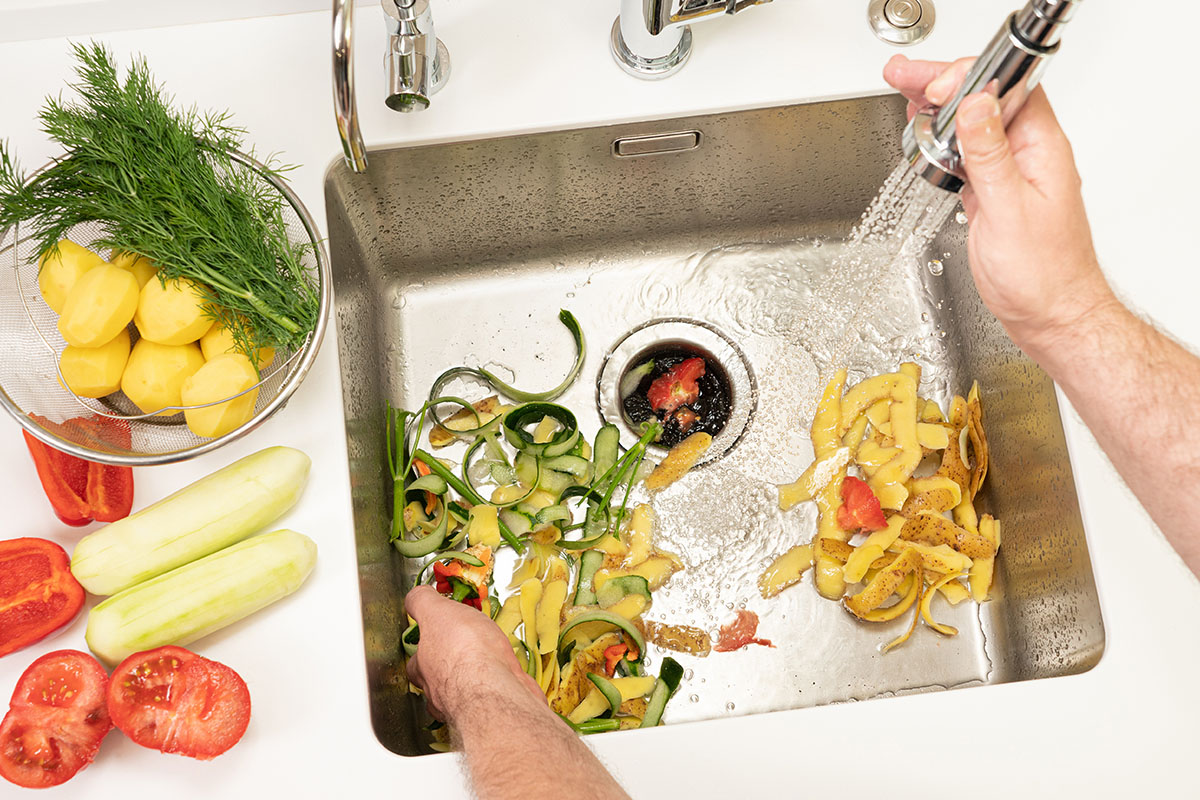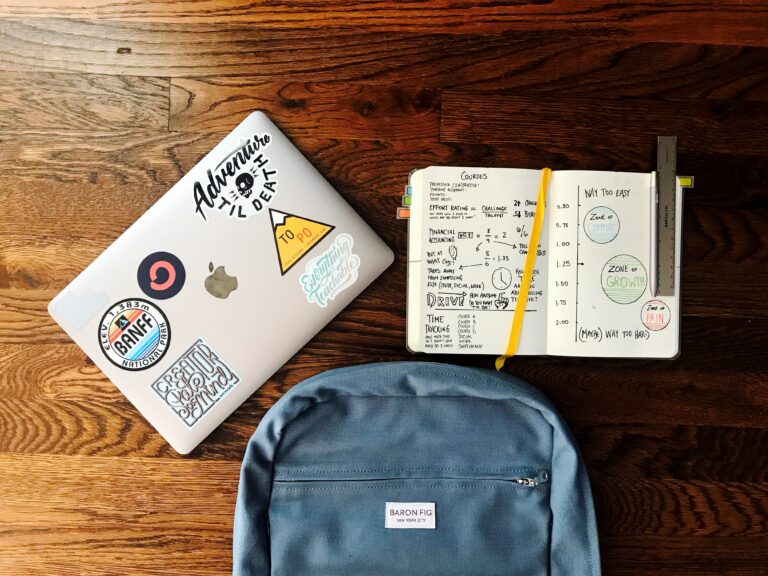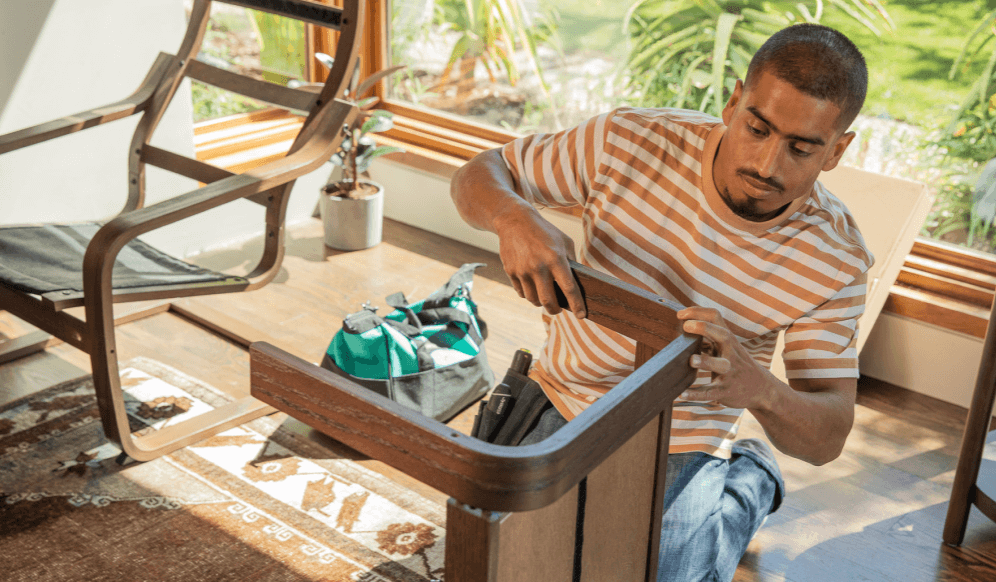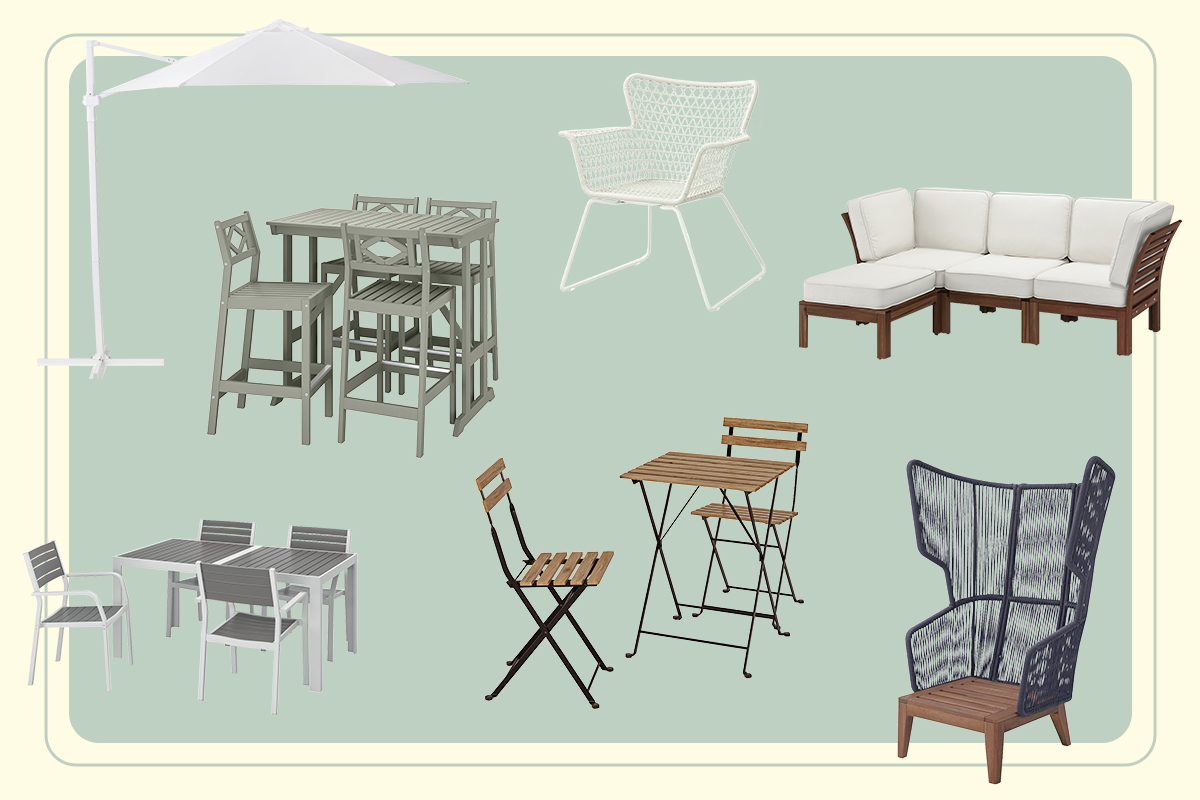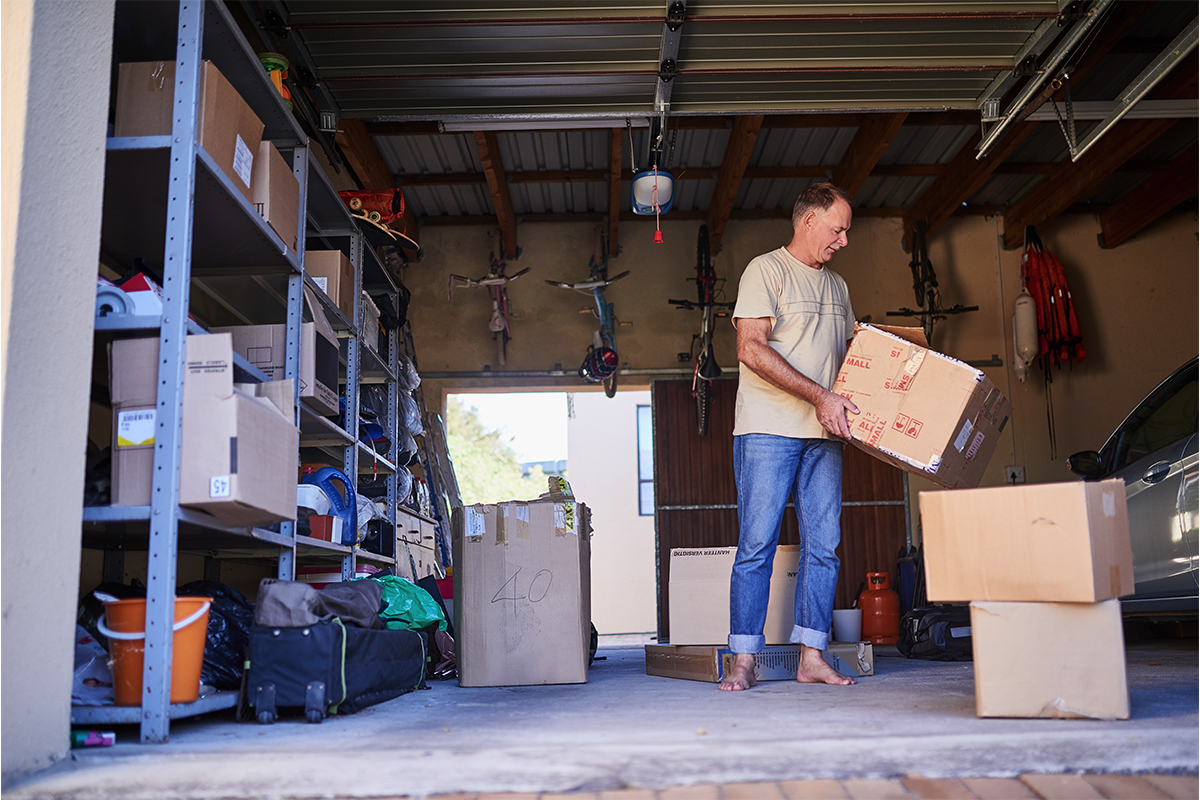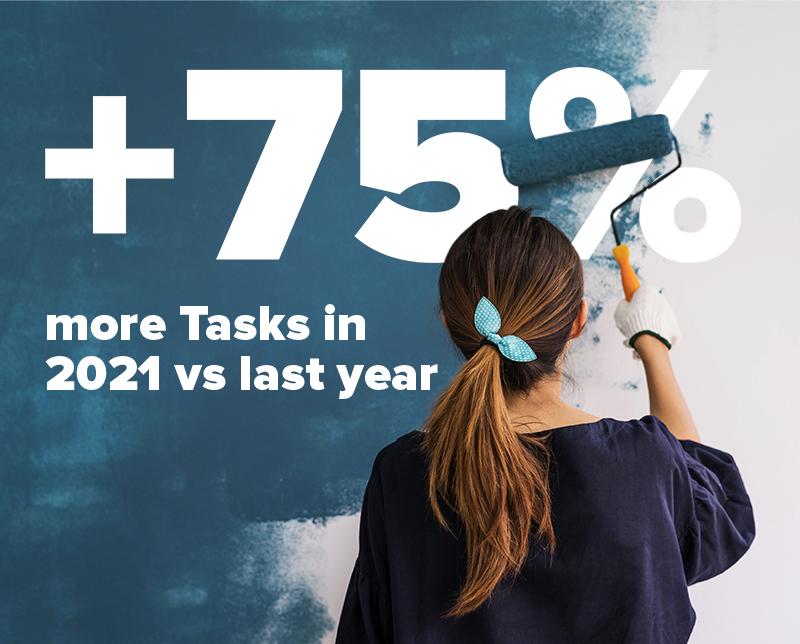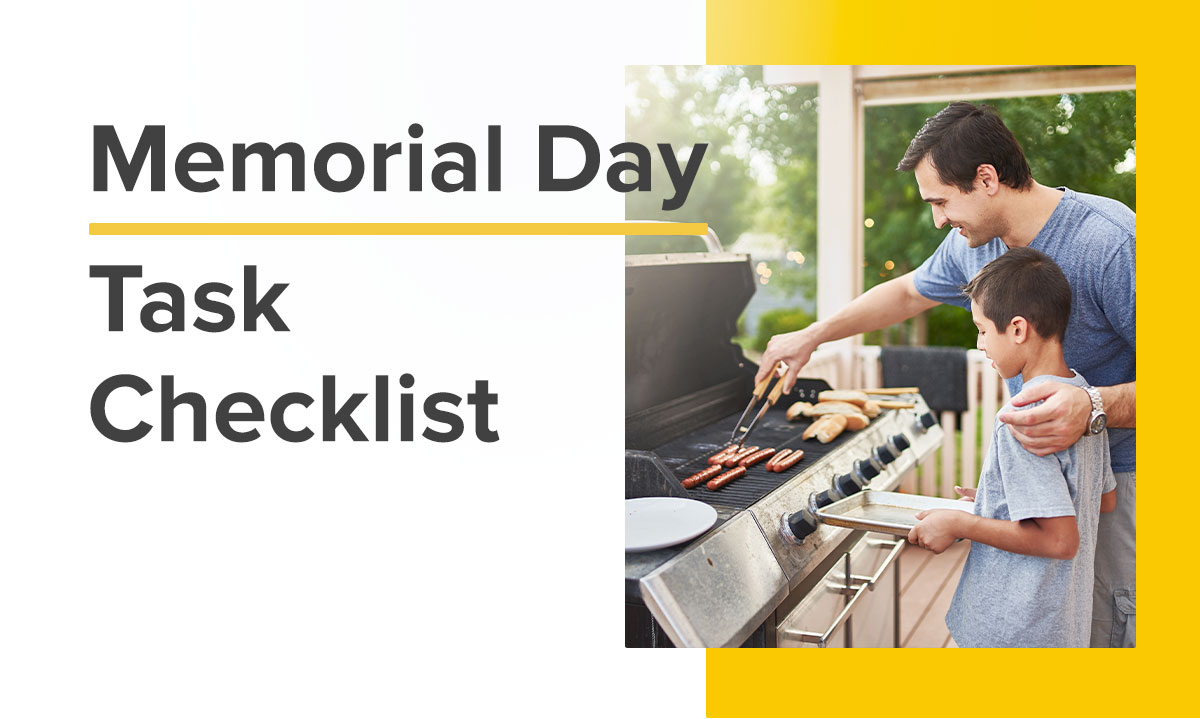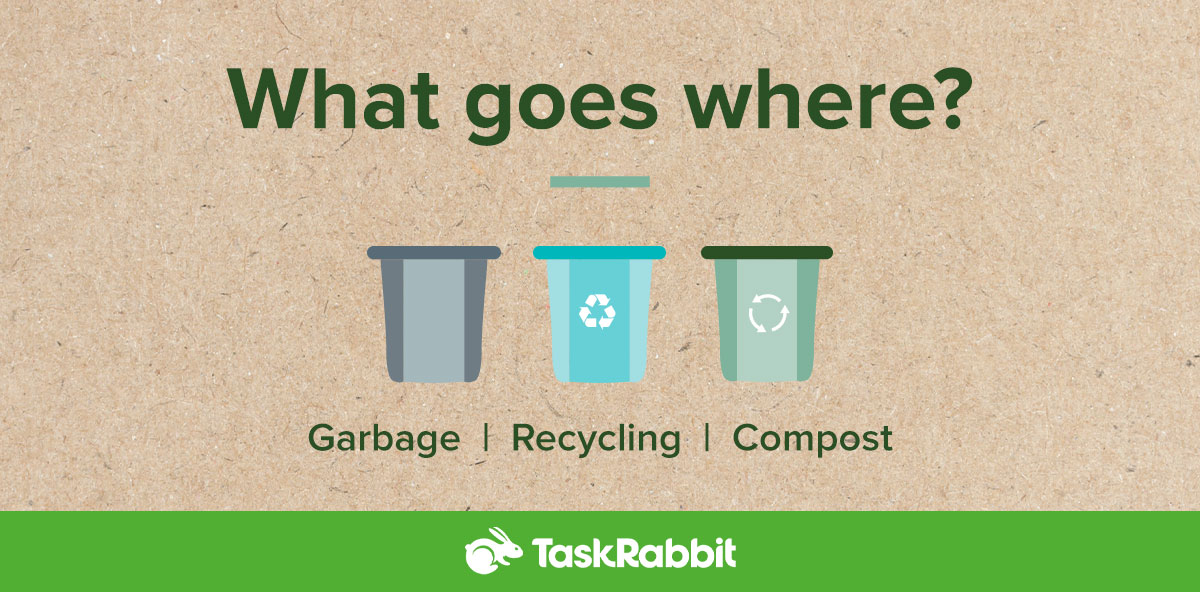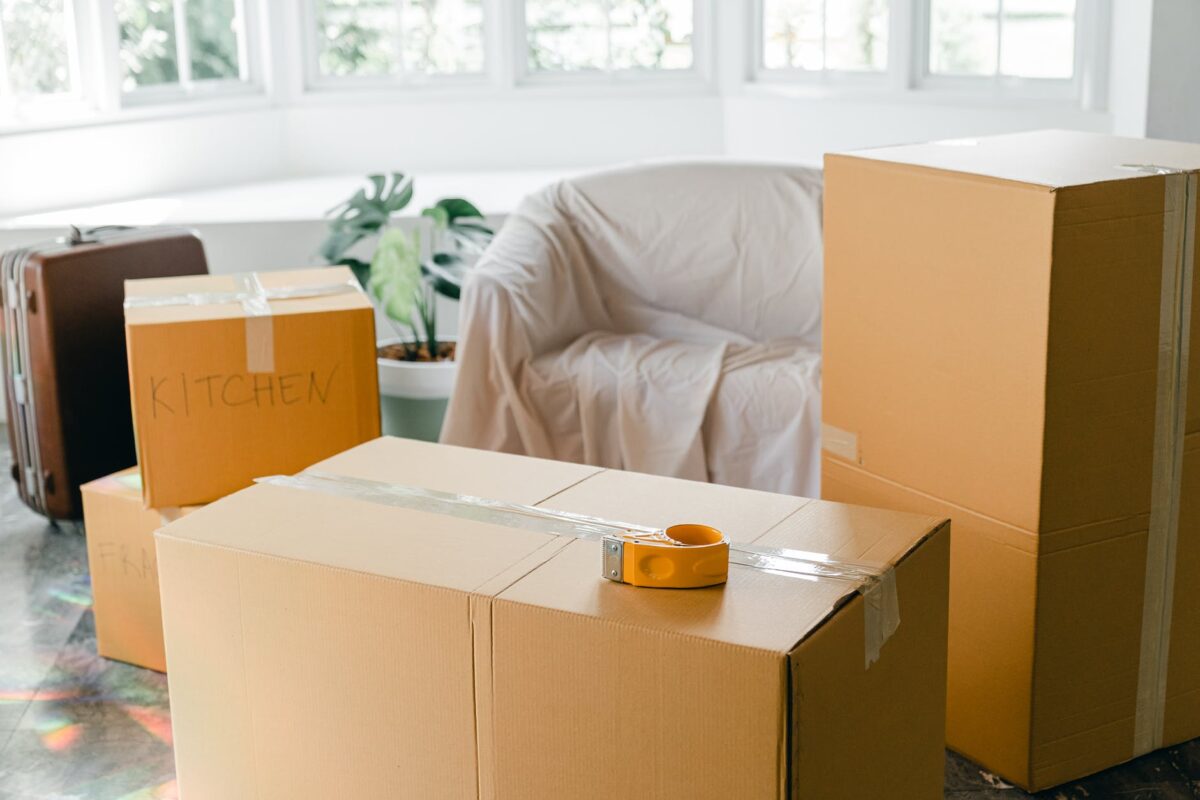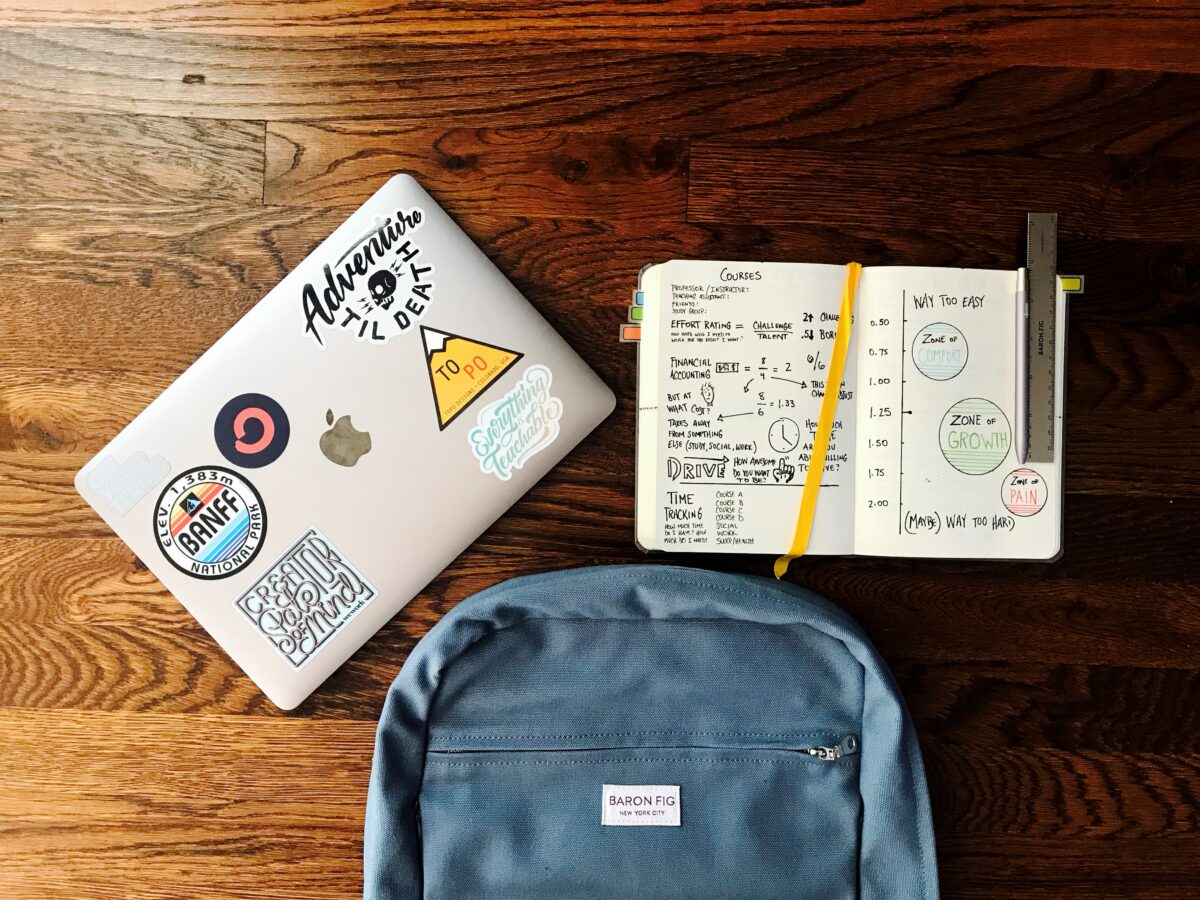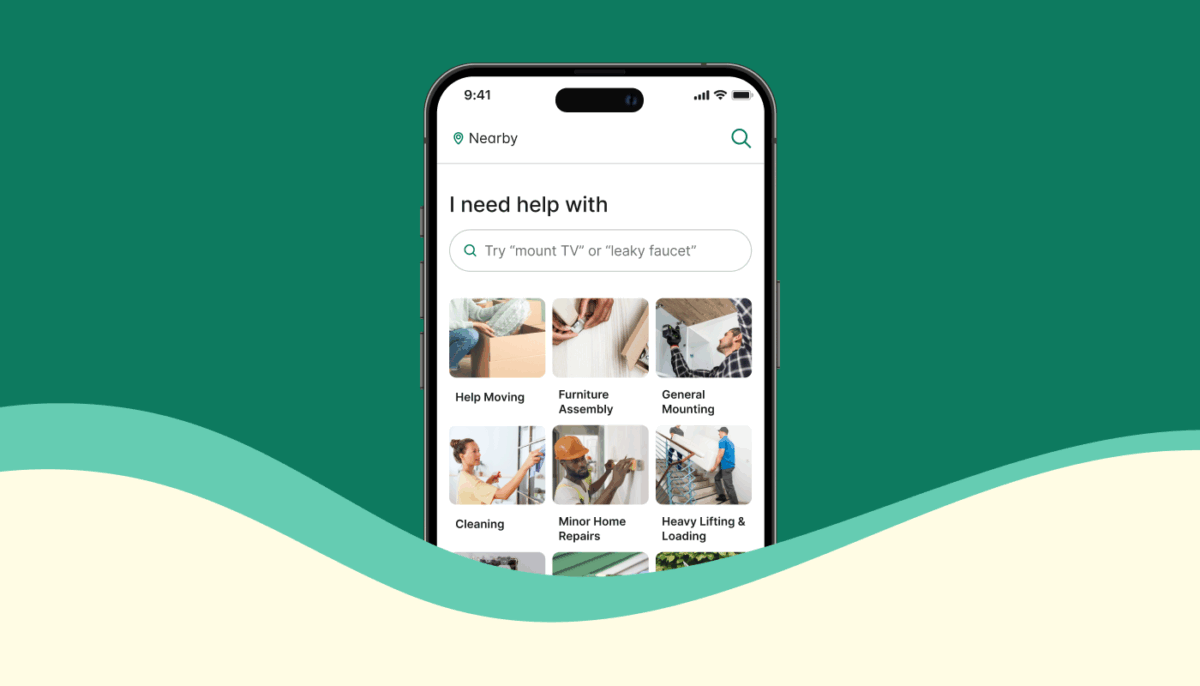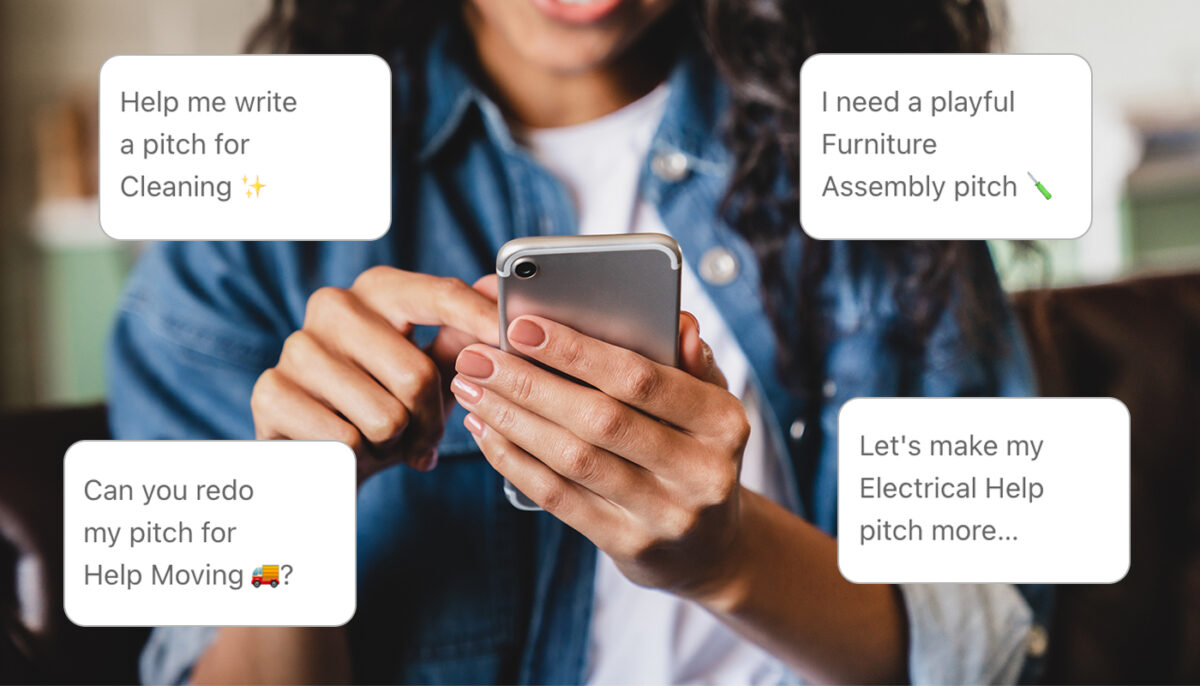How to Unclog a Sink With a Garbage Disposal
If you’re wondering how to unclog a kitchen sink with a disposal, there are definitely steps you can take before you need to work with tools to repair or inspect the disposal mechanism. R.S. Andrews recommends taking the following steps for unclogging a disposal:
- Unplug the disposal and turn off the power. Never, ever inspect your sink or attempt to do maintenance without making sure your disposal’s power is actually off. While it could cause severe injury if your hand is near (or in) a running sink disposal, it can also damage both your tools or your disposal if the machine turns on while something is stuck down the drain opening.
- Look inside the drain with a flashlight. Once the power is off, use a flashlight to look down the drain and see what might be causing the clog.
- Use tongs or pliers to remove the clog. To avoid using your hand to reach into the disposal (which, as mentioned, is a safety hazard), you can use kitchen tongs or needle nose pliers to feel around and remove whatever is causing the clog. With any luck, you’ll quickly be able to get water flowing again.
- Restore power. Make sure to turn the disposal’s power on only after your hands or tools are removed from the disposal area.
- Try the disposal again while running cold water. If it works and the water drains, you’re in the clear!
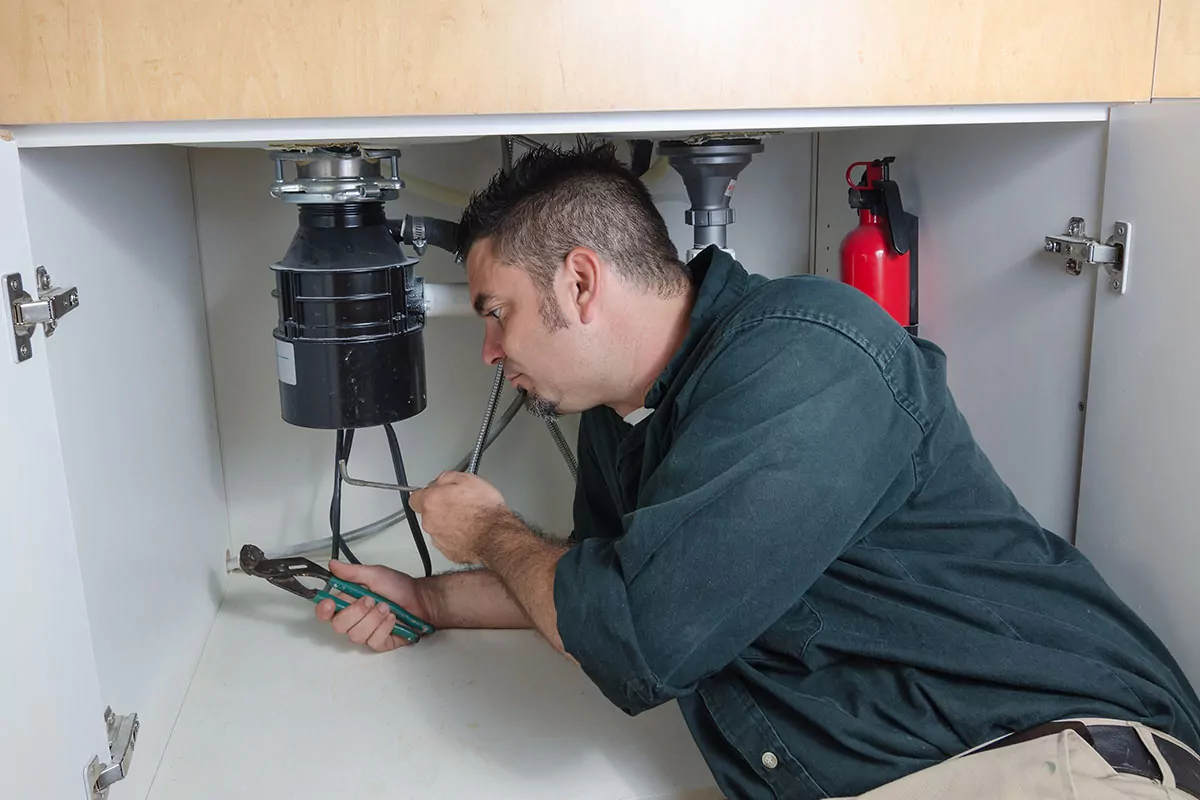
Kitchen Garbage Disposal Clog Prevention
It might go without saying that you shouldn’t try to flush food scraps down a kitchen sink that doesn’t have a garbage disposal, but don’t assume people won’t try! In case you don’t know whether your kitchen sink has a disposal, you can easily check by seeing if the device is connected to the drain under your sink. If you’re dealing with a regular kitchen drain, it often helps to put a metal or mesh food catcher over it so food scraps don’t get caught in the pipes.
When it comes to kitchen sinks with disposals, you’ll have an easier time dealing with food scraps, but you’ll also have more to consider if there’s a clog. To prevent clogged disposals, avoid putting the following foods down your drain, as they can be thick and/or sticky.
- Banana peels
- Coffee grounds
- Eggshells
- Potato skins
- Onion skins
- Hard foods
- Dry expandable foods
- Greasy foods
When you’re grinding food scraps in the disposal, run the faucet on cold so there’s a steady flow of water to help carry the ground-up food through your kitchen’s drainage system.
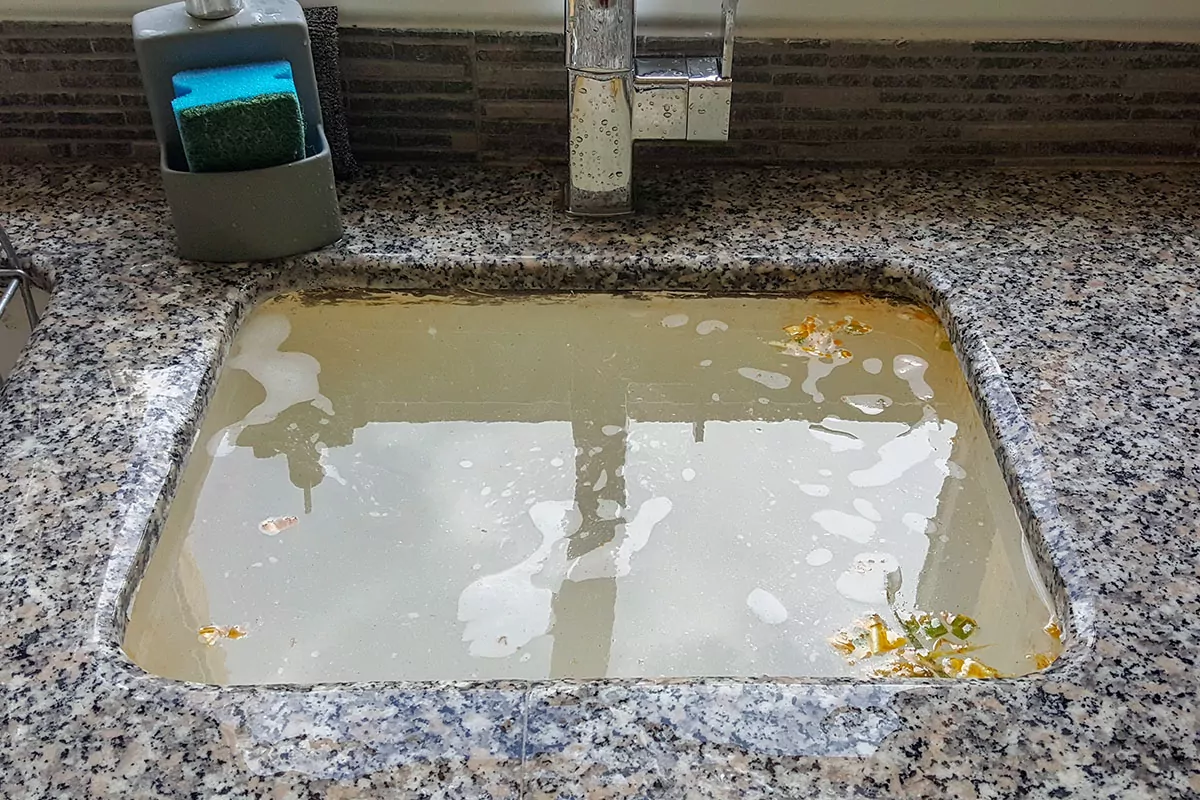
Cleaning Your Disposal
It’s a good practice to clean your garbage disposal once per week to avoid clogs and stay hygienic. It’s always best not to use chemicals to do this, as this can cause damage to the disposal unit’s metal or plastic parts. To clean your kitchen garbage disposal, do the following:
- Pour 1 cup baking soda / 1 cup vinegar down the drain. Let the mixture sit in the disposal for an hour before flushing it with boiling-hot water.
- Grind up a lemon peel. This helps get rid of any unpleasant odors.
- Grind up some ice cubes. Contrary to popular belief, grinding up ice cubes won’t sharpen your disposal blades—but they can help remove any excess food from them. If you want to make this method even more effective, freeze cubes out of lemon juice or vinegar.
Pro tip: You might be wondering about grease or oil and whether hot water is a good way to thin it out and make sure it doesn’t cause clogs. But think again! Hot water is your disposal’s archnemesis when it comes to grease or oil buildup. It can lead to clogs further down your pipes once the grease or oil cools down, so do your best to avoid putting anything oily or greasy down your kitchen sink at all.
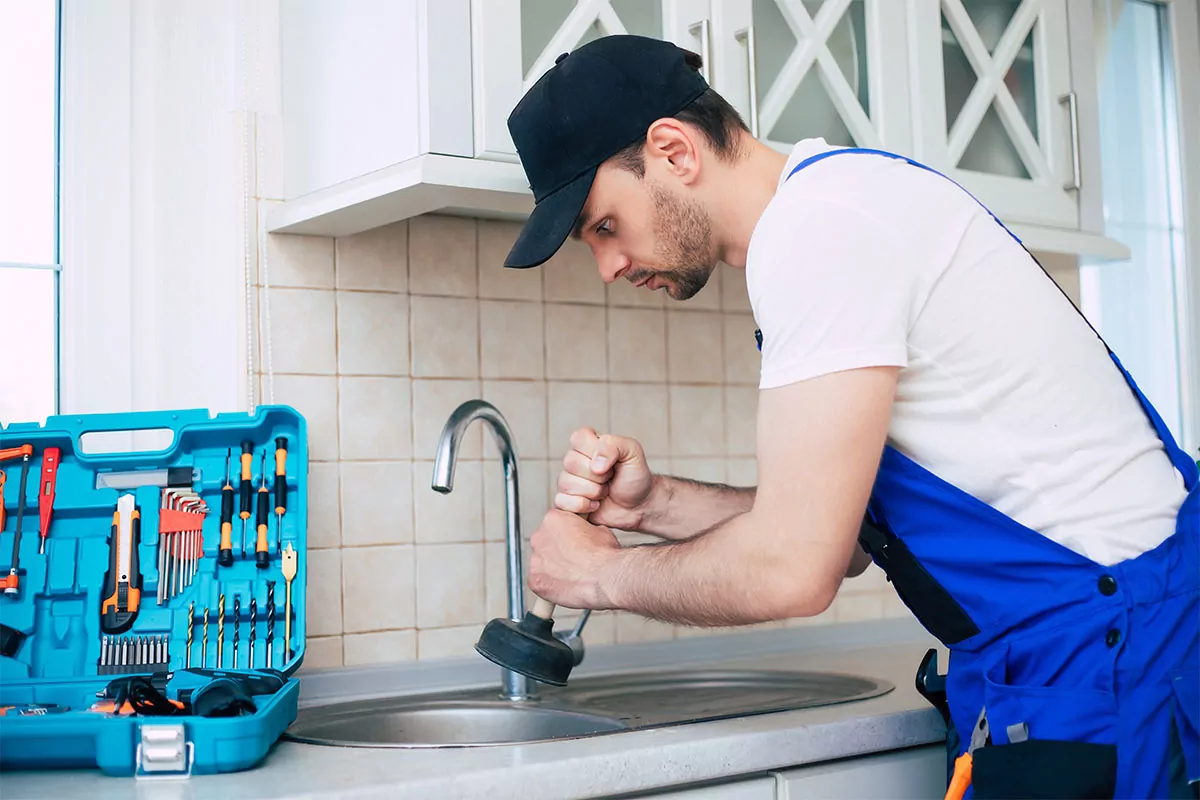
How to Unclog a Kitchen Sink Garbage Disposal by Fixing the Blades
Garbage disposal clogs can sometimes originate in the blades used to grind up food scraps. While the blades aren’t necessarily sharp, they are motorized and typically made of metal. You can often fix any blade issues with a hex wrench or even a wooden utensil handle.
- Unplug the disposal, and turn off the power. This should always be your first step before attempting to fix a clogged kitchen sink disposal.
- Locate the reset button, and press it. Under your sink, check on the actual disposal unit for a “Reset” button. It’s often red and placed prominently on the base of the unit. Press the button.
- Test the disposal. Restore power, and test the disposal. If it’s working, great! If not, turn off power once again and proceed to Step 4.
- Locate the flywheel turning wrench hole. This is located on the bottom of the garbage disposal unit under your sink.
- Turn the blades with a properly fitting hex wrench. Your disposal may have come with a hex wrench, or you can use any size that fits. Turning it both clockwise and counterclockwise will rotate the blades of the disposal in both directions. Once the blades move freely, the clog is likely dislodged.
- Remove the clog pieces from the drain. Using pliers or tongs, reach into the drain and pull out the loosened items that caused the clog.
- Restore power and test. Plug the disposal back in, and turn it on while running cold water.
If you’re needing to know how to unclog a kitchen sink or a kitchen sink’s garbage disposal, the above methods should give you a great start. As always, if you’re nervous to DIY, hiring help can bring peace of mind. Your clogged disposal or sink will be ready to use again in no time!
